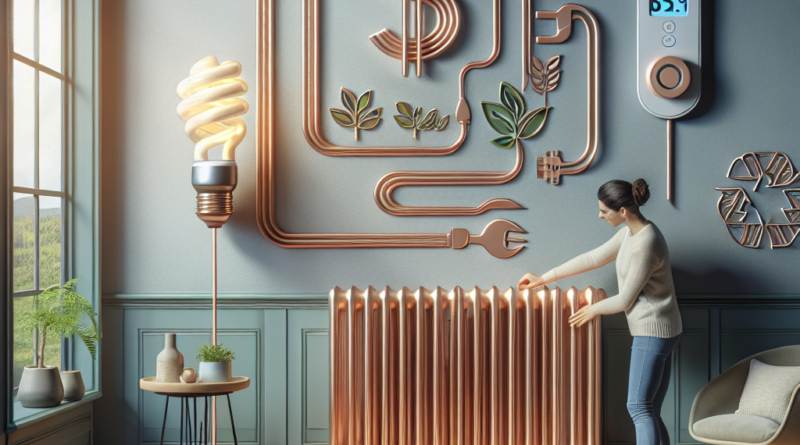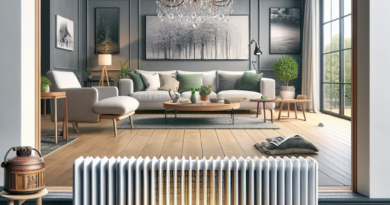Heaters On or Off? Exploring the Best Strategies for Saving Energy Costs
Heating Costs: Finding the Balance
As temperatures begin to drop, many families are turning on their heating systems, prompting the usual questions about how to manage costs effectively.
Some opt to keep radiators on continuously to maintain a consistent, comfortable environment without raising the heat too high.
Others argue it’s unnecessary to heat an empty house, leading to a few hours of warmth when needed but potentially wasting energy.
For consumers, saving on heating costs is essential, prompting the search for smart strategies that reduce expenses without sacrificing comfort.
So, what should you do? Should you leave the radiators on all the time or heat as needed?
Always On or Just When Needed?
Commonly, people think the best way to manage energy consumption is to turn off the heating when it’s not needed and only activate it when it’s cold.
However, repeatedly switching on the heating can be even more costly.
The initial start-up of heating systems requires a significant amount of energy, often more than simply maintaining a steady temperature.
Repeatedly turning the heating on and off can lead to higher energy consumption.
Additionally, a cold home takes time to warm up, meaning that when you do turn on the heat, you may need to significantly increase the setting, leading to extra energy expenditure.
Optimal Strategies for Savings
In light of this, the recommended approach is to keep the radiators on at a low, consistent temperature, only boosting the heat when absolutely necessary.
This method ensures that the house remains warm while keeping overall costs manageable.
However, this solution may not suit everyone.
Those needing to use the heating frequently throughout the day will likely notice savings with the constant approach.
In contrast, individuals who use heating just for brief periods in the evening, especially in well-insulated smaller homes, could incur more costs if they keep the heat constantly on.
To save on heating bills effectively, it’s advisable to keep radiators at low temperatures, provided that the home has good thermal insulation.
Otherwise, any attempt to regulate heating will be futile without addressing heat loss first.
Ultimately, the best practice involves assessing individual circumstances which include:
- Hours of radiator usage
- Non-consecutive heating needs
- Heating time for the environment
- Heat retention capability of the house
Final Thoughts: A Tailored Approach
While maintaining low heat can generally help families reduce consumption, specific scenarios may differ.
It’s also beneficial to consider the heating needs of various rooms; kitchens often stay warm from cooking, while bathrooms and bedrooms typically require more heat.
Keeping the heating at low levels can help avoid rapid temperature fluctuations, beneficial for both comfort and health.
Ideally, the home temperature should not exceed 16-18 °C, with 21 °C being the maximum.
In essence, there’s no one-size-fits-all solution; the strategy depends on individual habits and home characteristics.
Staying mindful of heating patterns and their impact can lead to energy efficiency without sacrificing comfort.




